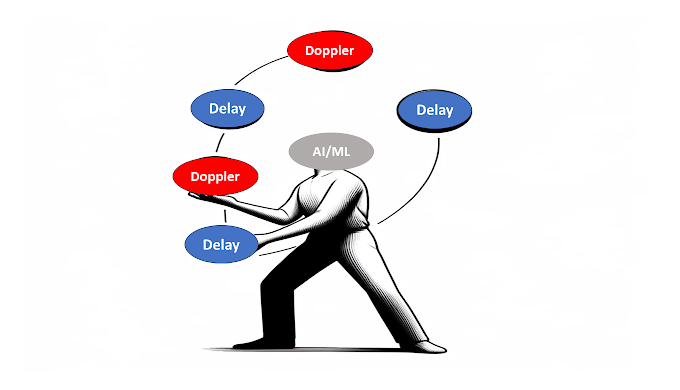The NFVO Product and its Profiles
Insight Research, in its recent report “The VNFO…Ripe for change” has broken down the market by product profile. We consider two profile categories – Direct Open Source and Proprietary.
Let us look closely at the categories.
Insight Research has a very categorical definition for direct open source NFVOs - those that traverse the development journey directly from the open source community to the end-user. Thus open source offering that are internalized by OEMs and offered as proprietary NFVOs are not covered under direct open source.
Open source initiatives have played a pivotal role in the journey of the orchestrator. ONAP, OSM, Nephio and Kubernetes are some of the prominent contributions of the open source community to the VNFO development; and have been therefore profiled at length in the report.
What then is ‘direct’ open source?
Open source initiatives have been utilized by various stakeholders in different ways. While in some cases have been used “as-is”; they have also been internalized into proprietary products in totality or in parts.
‘Direct’ open source refers to situations where the open source output has been used “as-is”.
Proprietary initiatives on the other hand, could have been developed ground up by their respective principals or could have absorbed some of the open-source output along the way. In both cases, the product has been sold as proprietary.
What are your thoughts on this characterization?
|
RELATED BLOGS

SDN, NFV and Indian Telcos

The ‘Marvellous’ Opening of the AI Accelerator in the 5G RAN


